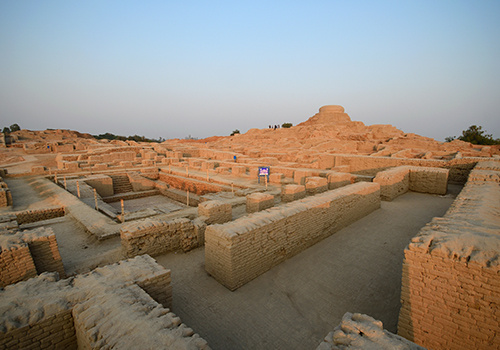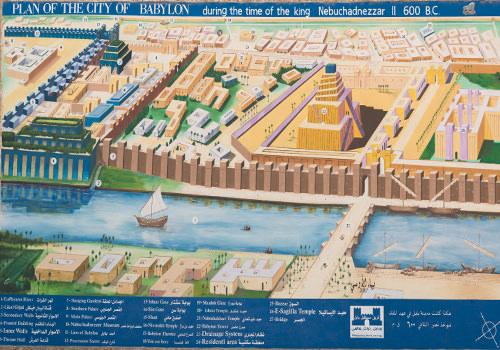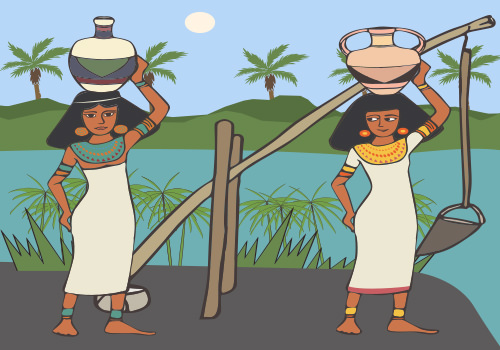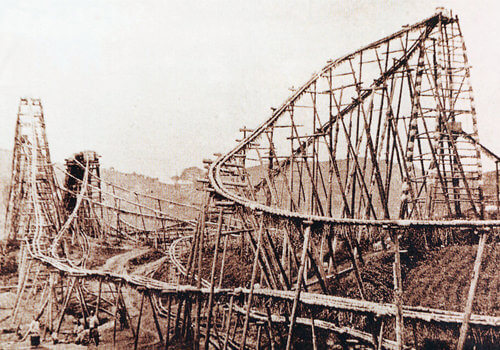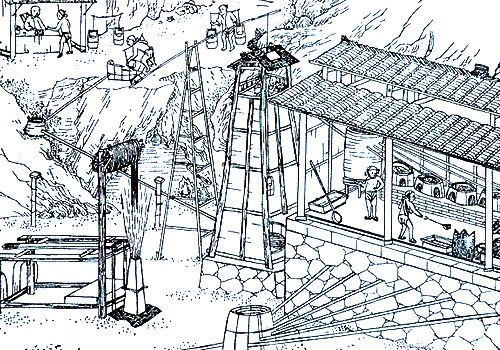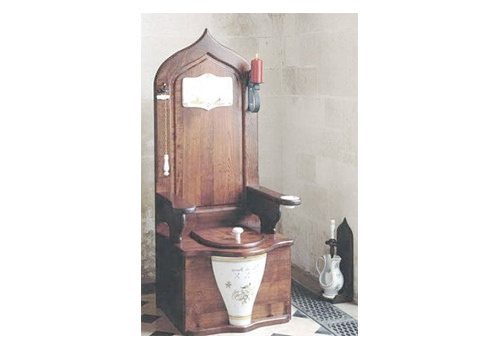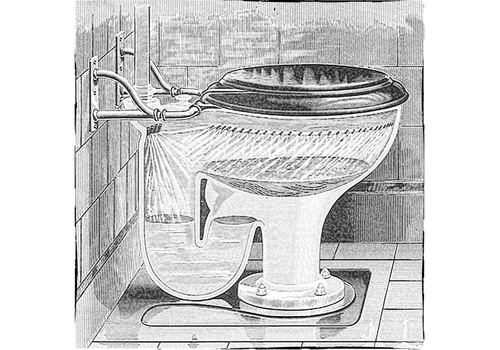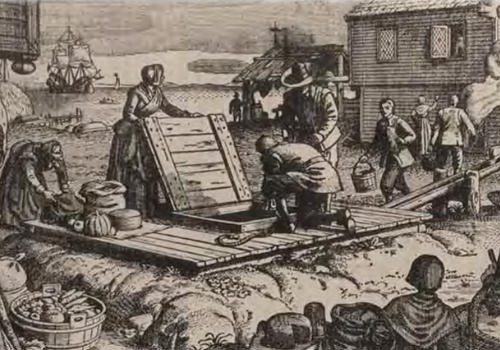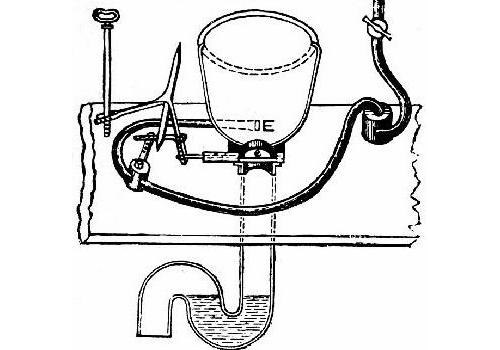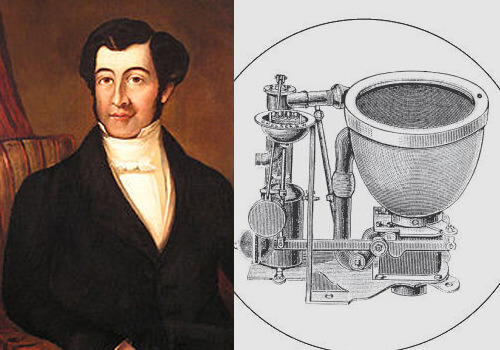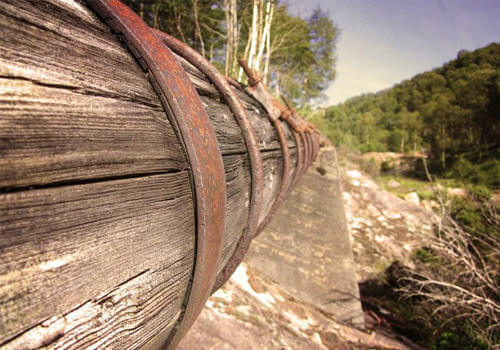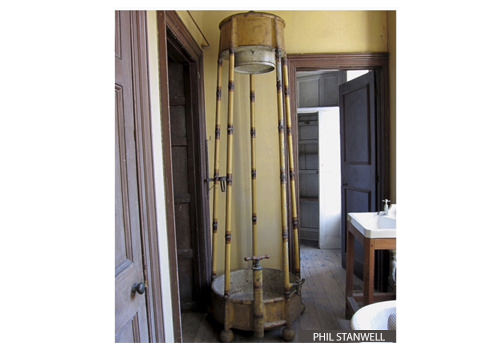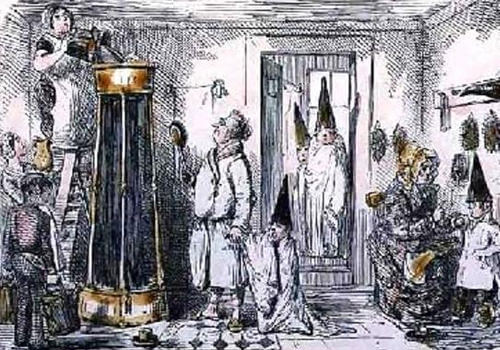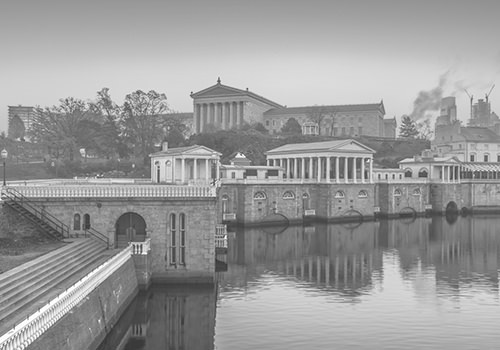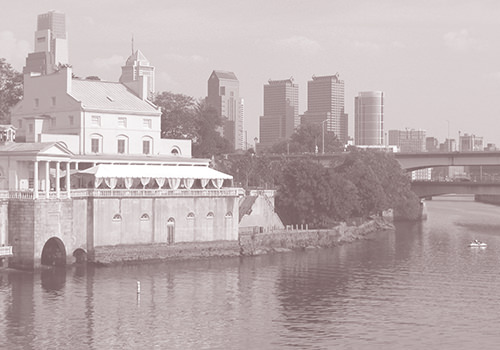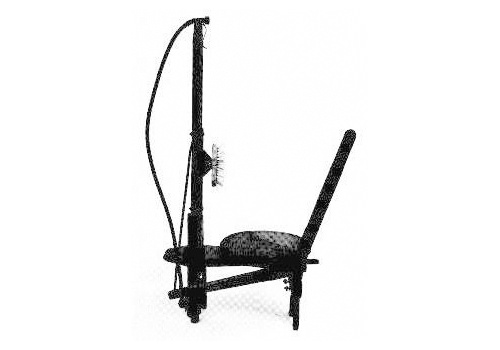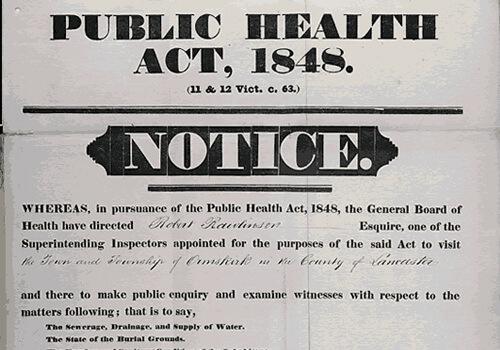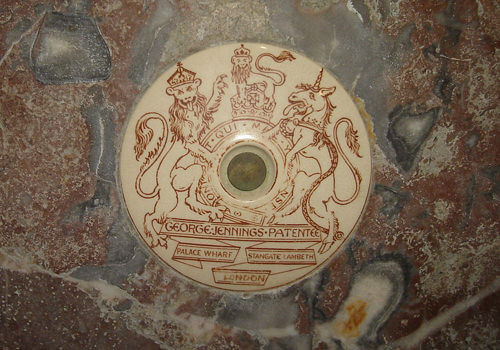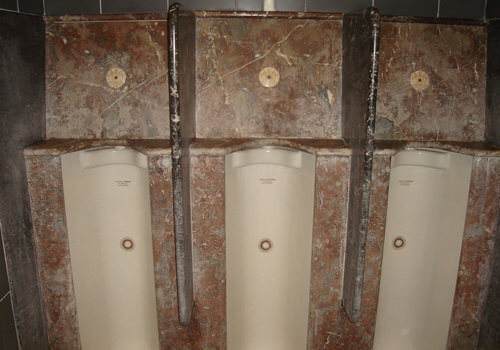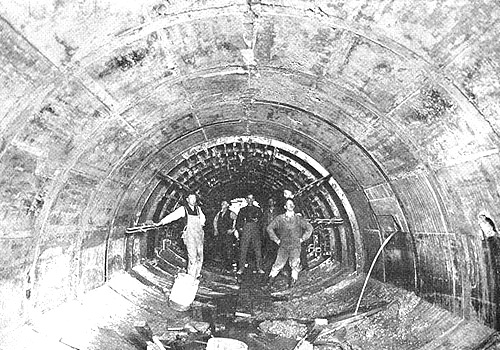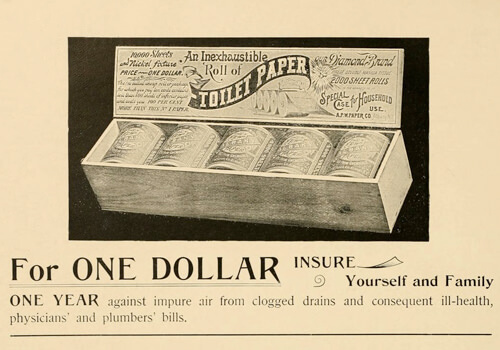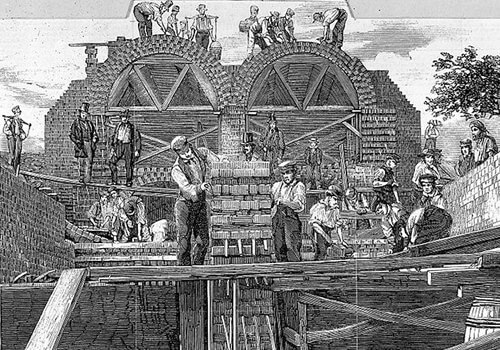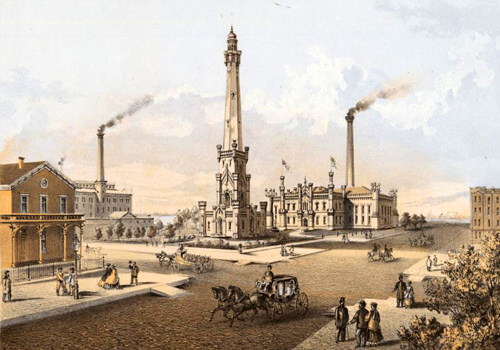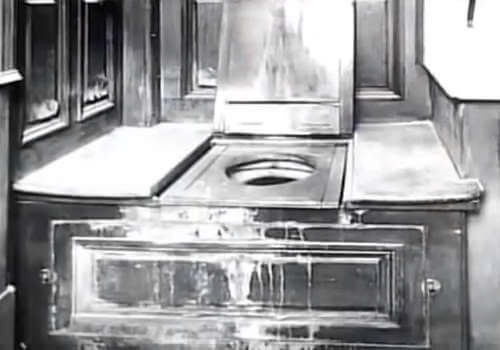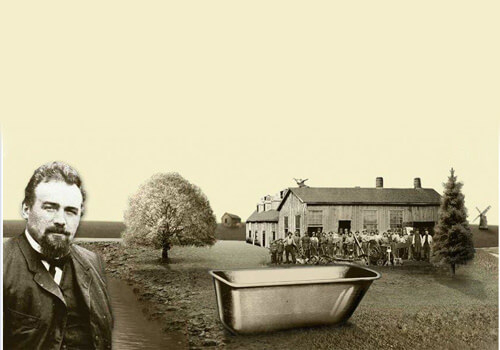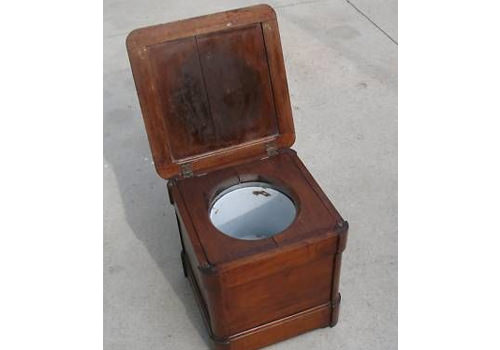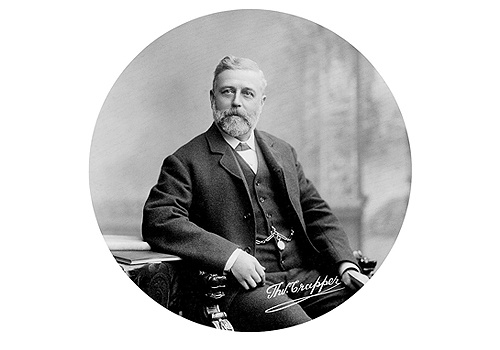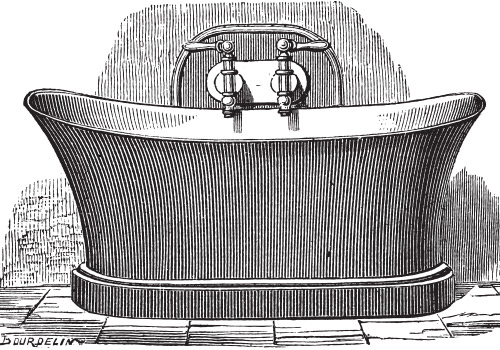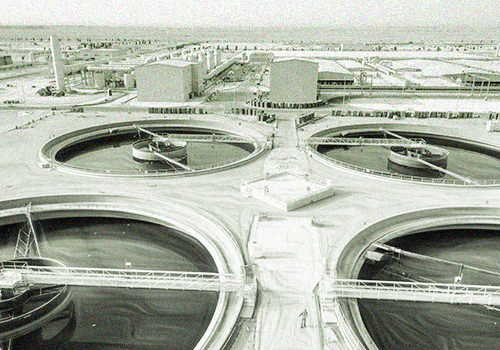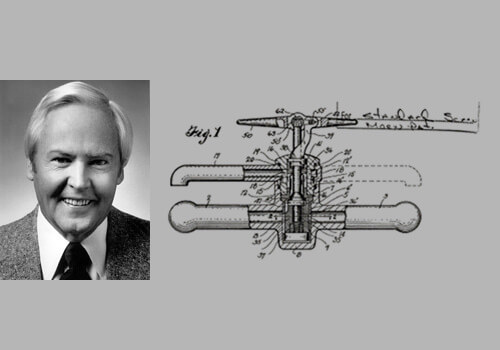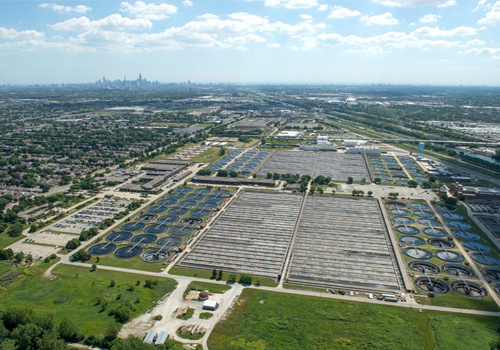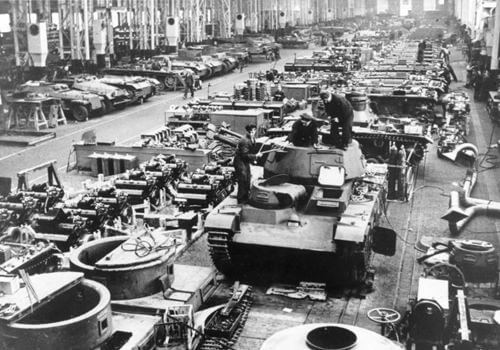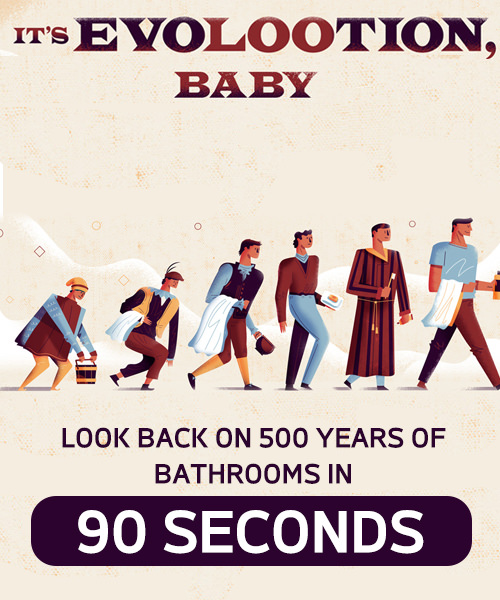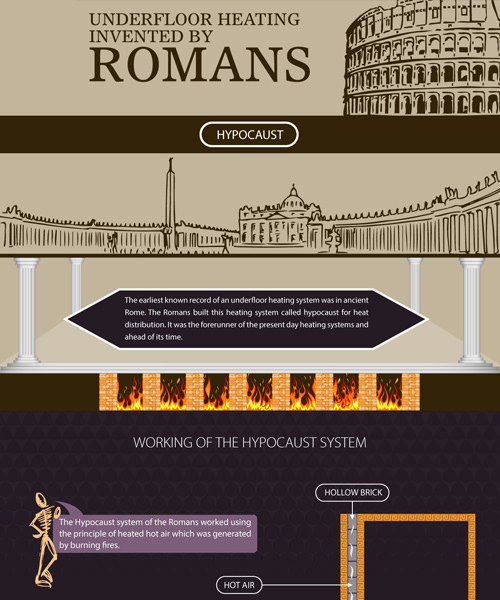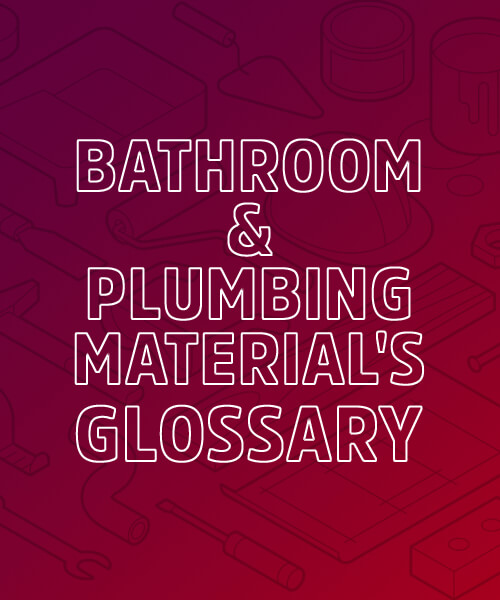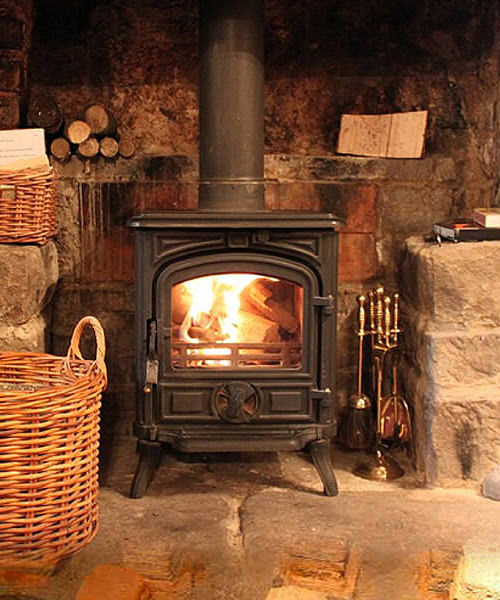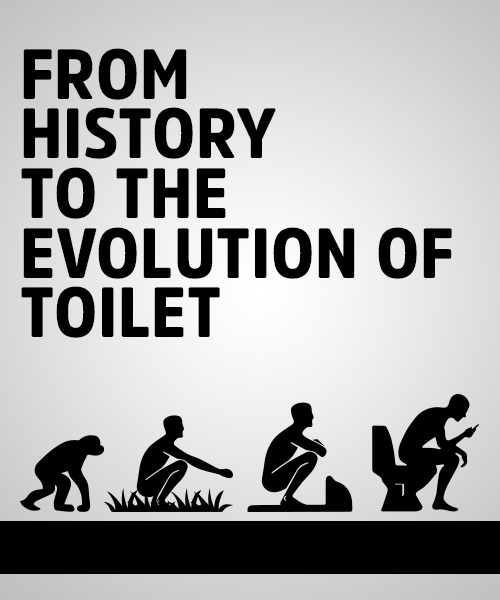On the island of Crete, Minoan Kings had bathrooms with hot and cold running water. The Minoan Palace of Knossos used ceramic bathtubs along with the world’s first flushing toilet complete with drainage systems.
The earliest plumbing pipe was made of baked clay and straw while the Egyptians made the first copper pipes. The Egyptian plumbing process was as formidable as their building expertise. In their search for water, Egyptians dug wells as deep as 300 feet, and the water wheel was born here.

Egyptians were the first and only people to build bathrooms for the dead.
The Greeks advanced the art and science of plumbing. Hot and cold running water and bathtubs were part of everyday life in ancient Greece. The Greeks pioneered shower technology for athletes to bathe after the Olympic games where water moved through overhead pipes and came out through sculpted shower heads.
But the most magnificent accomplishments in plumbing were those of the Romans.
More than 1000 years ago, the Romans built water channels that carried water from the mountains into the city, which distributed it through underground supply lines made of lead. That is where the term ‘Plumbing’ originated, as ‘Plumus’ in Latin means Lead. These lead pipes also carried water to the Roman Baths, supplied with hot water, heated by wood and furnaces. These baths had elaborate steam rooms accomplished by pumping hot air through channels beneath the floors. Wastewater ran into sewer pipes that emptied into the Tiber River. The largest of sewer pipes carrying wastewater was the Cloaca Maxima, which had already been built half a century earlier.
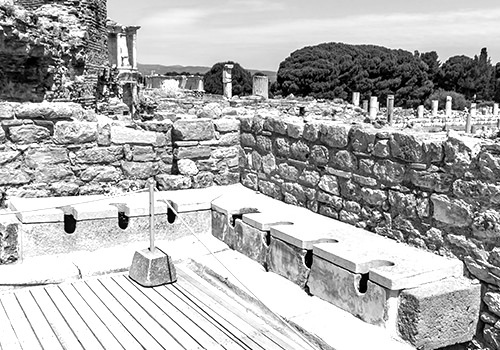
Public latrines had 20 seats or more arranged in a circular manner, where water constantly ran beneath them, to carry the waste into the nearest sewer.
Overcrowding in cities resulted in the production of excessive waste causing the outbreak of many diseases and thousands of people lost their lives to water-borne diseases caused by polluted drinking water as safe, sanitary practices and hygiene had never been considered till then.
After the fall of the Roman and Greek empires, plumbing technology and its advances came to a standstill in Europe until many decades later.
Plumbing practices in Medieval England and Europe
Traces of early sanitary practices existed in monasteries and castles of feudal lords in England. Most castles in England had Garderobes, a Garderobe being a projection with a seat on which you sat, and the waste simply dropped into the soil, moat or river below. Menials were made to scrape and carry away this waste.
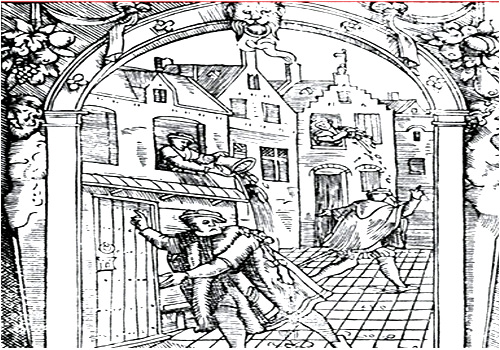 Source: https://unusedwords.com/2012/11/15/gardyloo/
Source: https://unusedwords.com/2012/11/15/gardyloo/
For washing-up, every home had a washstand in the bedroom which a maid would bring up with a jug of hot water and a jug of cold water. After washing –up, emptying the water was a simple process of opening the window and tossing the waste water out into the street. Before emptying the pot passer’s by below were warned by the phrase Gardyloo means “mind the water”, and that is how the term ‘loo’ came into existence. Renaissance brought in new independent thinking and thereby a new interest in hygiene, and so began a steady march towards indoor plumbing.
